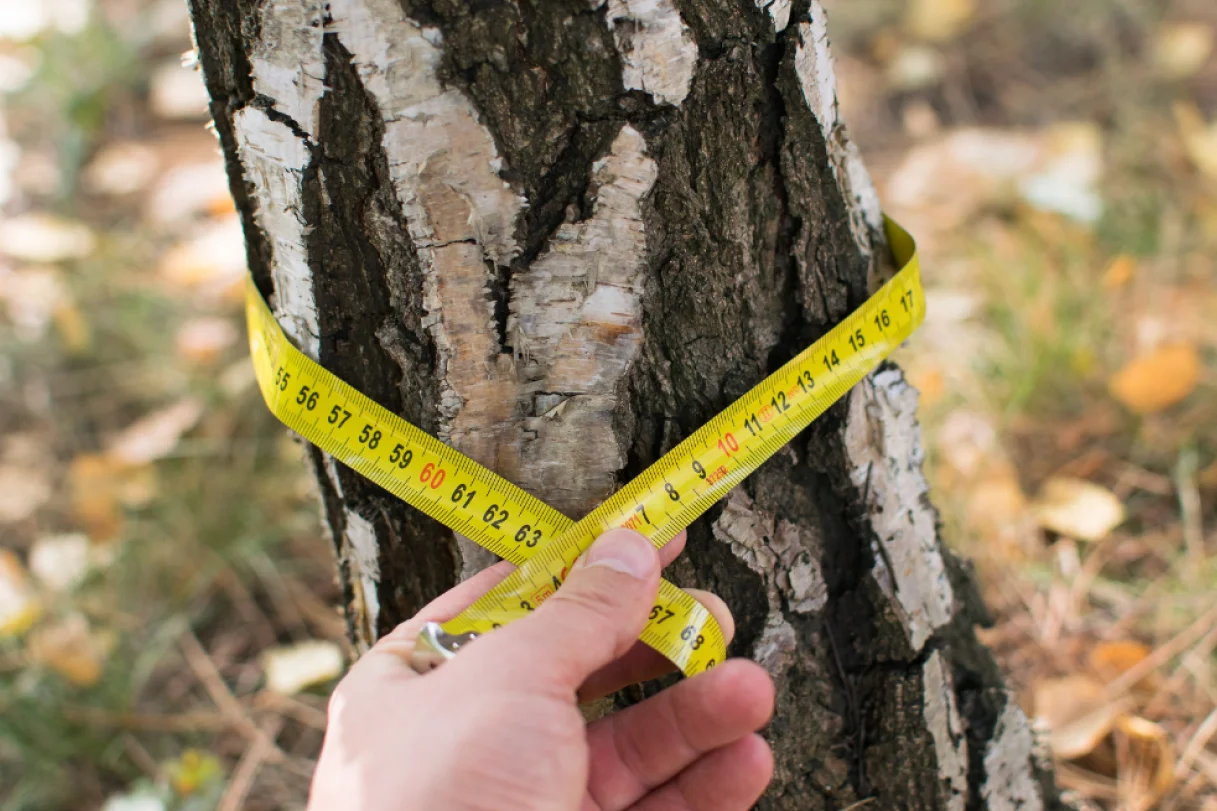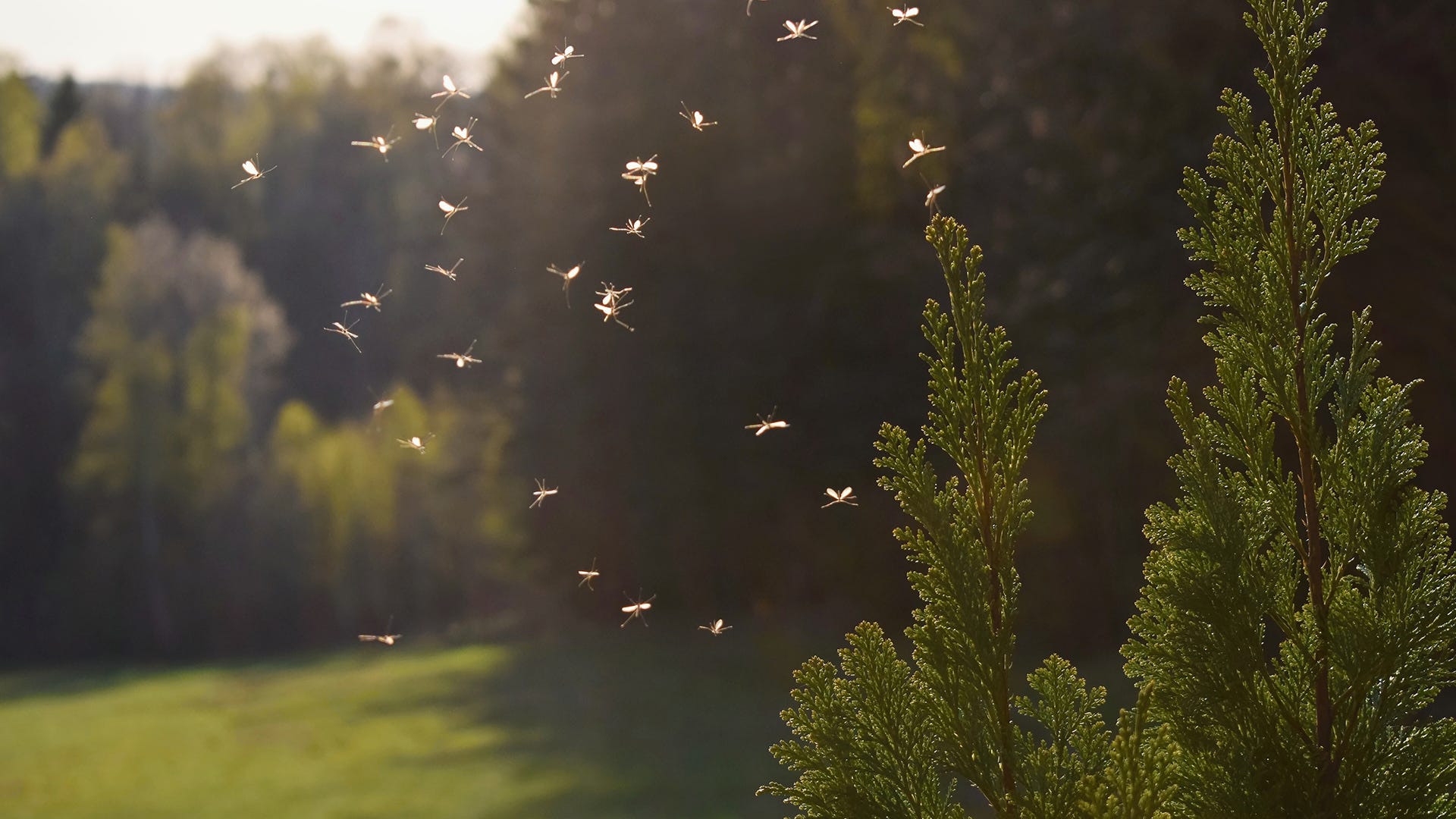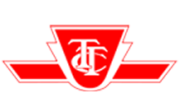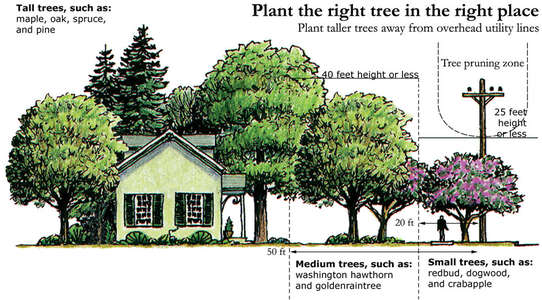
If you realize the need to plant a few more trees in your yard, there are several things that you should consider, and one of them is proximity to utility lines. Different tree species grow into different sizes and shapes, and therefore, the choice of tree you plant must be factored.
Some trees may extend their branches over power lines and will need continuous pruning and shaping, which could sometimes be too much work. Similarly, for underground utility lines, you should consider planting short-rooted trees to avoid their roots getting damaged during power repairs.
To avoid conflicts with power lines and service providers, this article shares essential yet straightforward tips that should help you in deciding what and where to plant.
Underground power lines
Typically, underground power lines are not buried deep, with some appearing just close to the surface. In this case, it is safe to ensure there is a considerable distance when planting trees near underground lines. It becomes a major problem when roots extend to the power lines as they could easily be damaged during dig ups, which may take place randomly. But unless there is routine dig up and repairs, trees coexist with utility lines, but unfortunately, it is impossible to tell where and when repairs are needed.
It is also important to consult with utility personnel before planting trees in areas suspected to have underground lines. That way, they’ll help you mark out protected areas where you cannot dig up or plant certain tree species.Where utility lines have a protective coating, growing roots can cause damages, resulting in safety hazards for the immediate environment. Repairs may attract huge amounts of money, and sometimes court battles that waste a lot of time. To avoid all these, make an effort to locate where utility lines pass and draw a line. If you must plant a tree right above or near underground power lines, make the right choice of tree as some trees are better picks than others.
Overhead power lines
Trees growing to a maximum mature height of 25 feet are recommended for homeowners planning on planting trees near overhead utility lines. In expert language, this is referred to as low zone, but there are also medium and tall zones.
The low zone area extends underneath overhead utility lines on either side of the tracks to between 15 and 25 feet. It is recommended that only low-growing trees can be planted in the low zone.
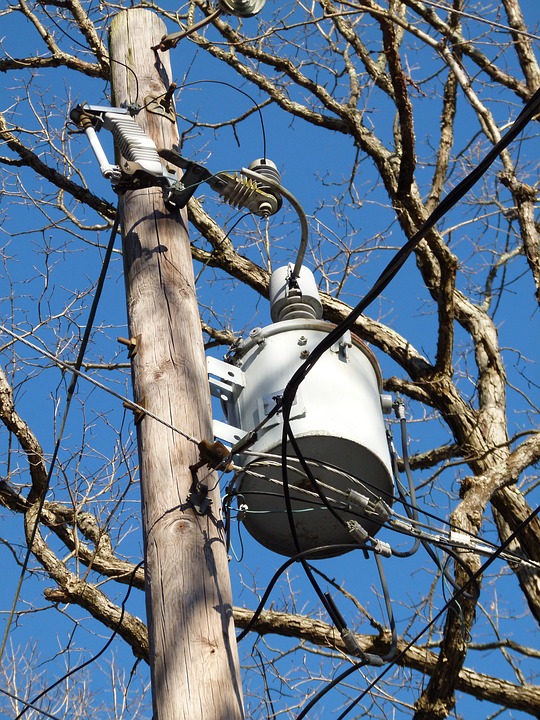
The medium zone allows trees with a full growth of between 25 and 35 feet to be planted at least 25 feet to 50 feet away from the lines.
The tall zone must not have trees growing over 35 feet planted anywhere below 50 feet away from power lines.
Failure to comply with the above directives can have far-reaching consequences that may sometimes be catastrophic.
In a nutshell
Planting trees may not be rocket science, but in urban settings where you may easily find yourself crossing paths with service providers, it is advisable to seek professional advice. Speaking to a tree service company not only helps you know where to plant trees, but also the best tree species to plant in specific areas.
